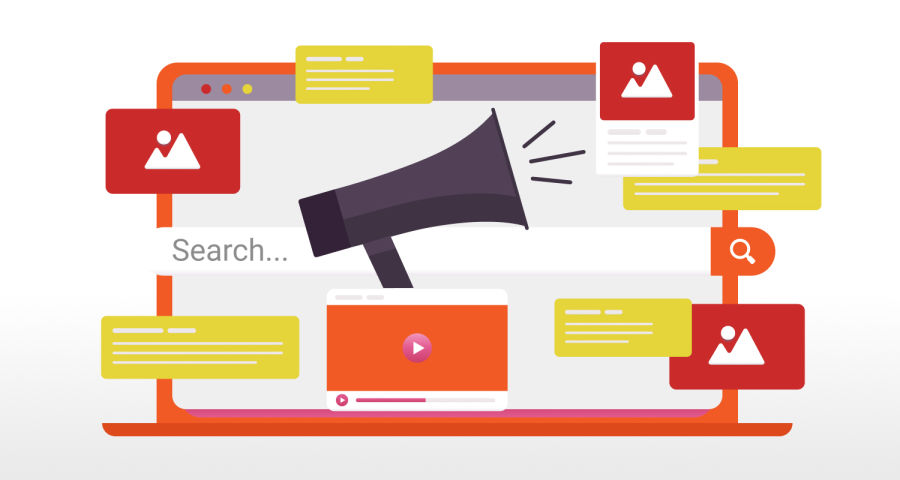//
Nov 28, 2019
How to Create Impactful Social Media Marketing Campaigns
Social media marketing has become one of the top necessities for brands to be successful in their marketing plans.
With billions of people logging on to at least one social media platform daily, brands must go online to stay in touch and communicate with their customers— and that includes B2B brands, who are now beginning to use paid social marketing campaigns to reach even more consumers online.
Social media has become so important that nearly 80 percent of businesses have full-time teams dedicated to their social media.
Over recent years, however, marketing in social media has expanded beyond merely having social media accounts, and brands have begun investing in social media advertising.
So, when it comes to creating a successful social marketing campaign, where do you start?
Understanding and Choosing the Right Social Ad Platform
Almost all popular social media platforms offer some advertising to businesses. Each has its benefits, depending on your marketing goals and target audience.

According to HubSpot*, here's the 2023 lineup of some of the most popular B2B social media apps based on unique and authentic users:
#1. Facebook (69%)
#2. YouTube (57%)
#3. Instagram (45%)
#4. TikTok (33%)
#5. LinkedIn (85% growth in 2023)
*Source: To see these stats and more, check out Hubspot's
Of course, not all social media platforms are the same; finding the right social platform to run your campaign depends on several factors.
So, before you start creating ads for each social media account, it’s essential to understand how the advertising services of each of the four most used social media platforms work.
#1. Social Media Marketing Campaigns on Facebook and Instagram
With more than 2.037 billion people using Facebook daily and an additional 1.6 billion on Instagram, both managed together, it's no wonder that Facebook's ad manager is also the top pick.
Facebook and Instagram campaigns allow you to set up ads based on different –awareness, consideration, and conversion.
Within these objectives are more specific goals, including:
- Awareness: brand awareness and reach
- Consideration: traffic, engagement, app installs, video views, lead generation
- Conversion: conversions, product catalog sales, store visits
You have various ad formats on Facebook and Instagram, all designed for visual content., such as:
- Single Photo: Use a singular image paired with text
- Video: Use recorded or animated video
- Carousel: Show multiple photos or videos within one ad
- Slideshow: Lightweight video ads
- Collection: A showcase of your products
Facebook and Instagram provide audience insights about your followers and ad-targeted audiences. This includes demographics, interests, and lifestyles. You can also use split testing to optimize your ad visuals and copy for effective social marketing campaigns.
#2 YouTube Social Media Marketing: The Power of Video
With over logged-in users, YouTube is the second-largest search engine globally. Leveraging YouTube for social media marketing campaigns involves strategic planning and compelling video content.

YouTube caters to diverse marketing goals through its advertising objectives:
- Awareness: Increase brand visibility with TrueView ads.
- Consideration: Drive traffic, boost engagement, and encourage subscriptions.
- Conversion: Prompt viewers to take specific actions, such as purchasing.
YouTube Ad Formats
YouTube offers to suit different campaign objectives:
- TrueView Ads: Pay only when viewers watch at least 30 seconds or engage with your ad.
- Bumper Ads: Short, memorable ads of up to for quick brand messaging.
- Display Ads: These appear next to YouTube videos, promoting your brand to a broader audience.
Measuring YouTube Analytics
Evaluate the success of your YouTube video campaigns using the:
- Views: Track the number of times your video is watched.
- Watch Time: Measure the total minutes users spend watching your videos.
- Click-Through Rate (CTR): Understand the percentage of users who clicked on your ad.
- Conversion Tracking: Monitor specific actions taken by users after viewing your ad.
In 2023, YouTube is a ranking as the second-most popular social network globally. Its extensive reach, encompassing users beyond Google accounts, positions it as a highly effective channel for digital marketing efforts.
#3. Including Tik Tok Social Media Campaigns to Reach a New Generation of Customers
TikTok has rapidly become a powerhouse in social media, boasting over a billion monthly active users globally.
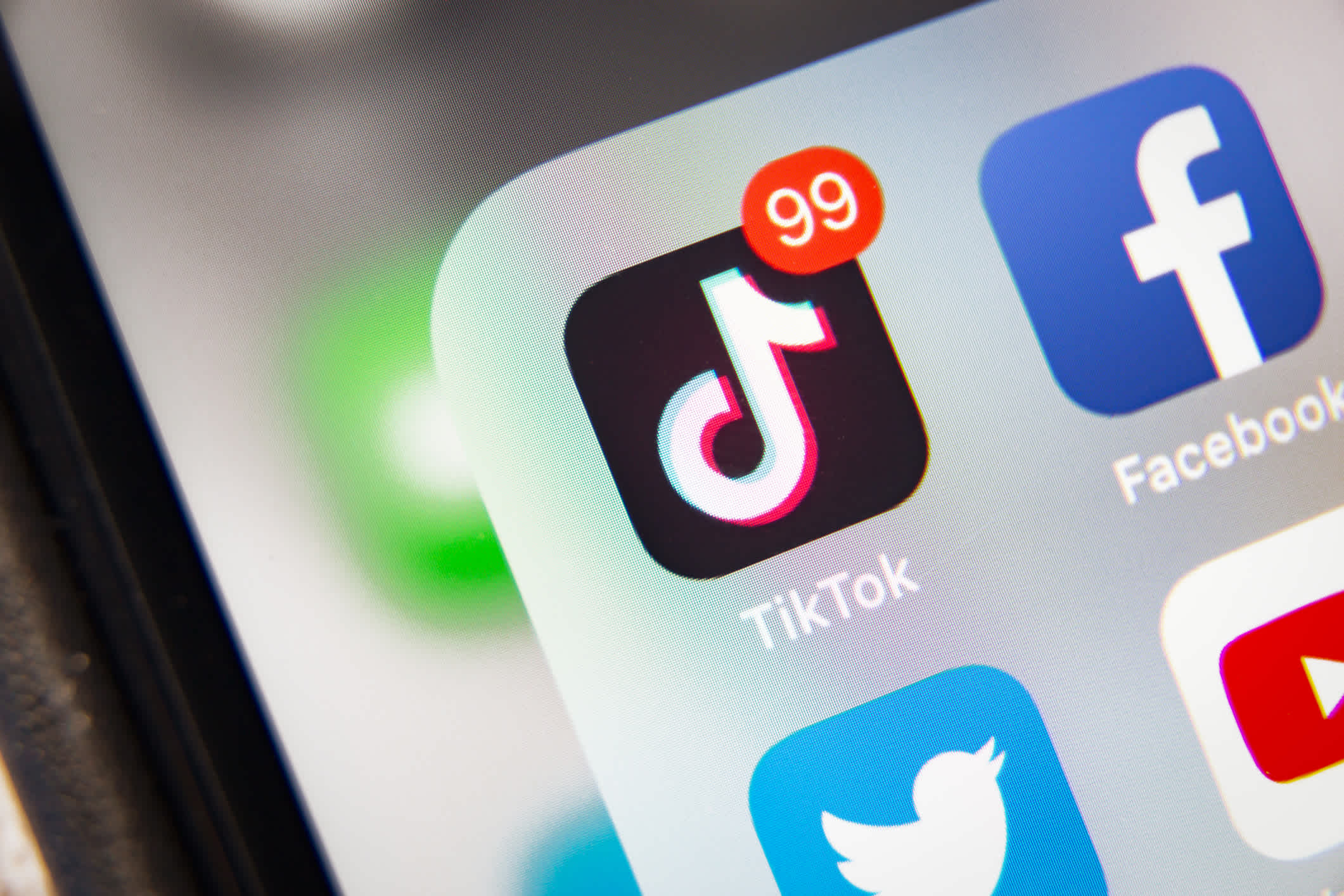
It's not just a platform for dancing teens; brands capitalize on its popularity through TikTok social media ad campaigns.
TikTok Advertising Objectives
TikTok offers various advertising objectives to cater to different marketing goals, including:
- Brand Awareness: Reach a broad audience to boost brand visibility.
- Traffic: Drive users to your website or landing page.
- App Installs: Encourage users to download your app.
- Video Views: Maximize views of your TikTok video content.
The creative nature of TikTok ads makes them engaging and entertaining. Here are some popular ad formats within its :
- In-Feed Ads: These appear in users' "For You" feed and seamlessly blend with user-generated content.

- Branded Hashtag Challenges: Encourage users to participate in challenges related to your brand.
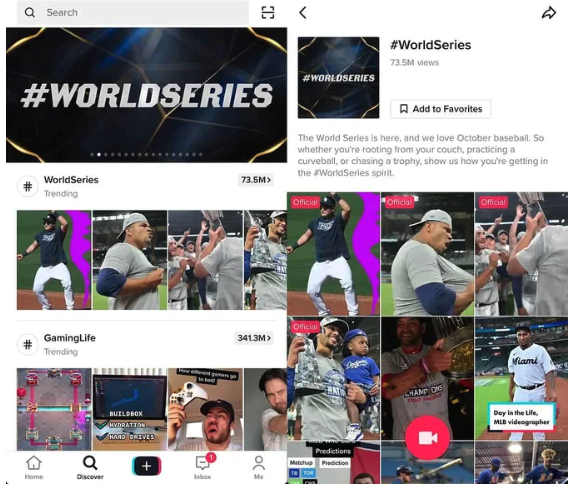
- Branded Effects: Develop custom filters, stickers, or special effects for users to incorporate into their videos.
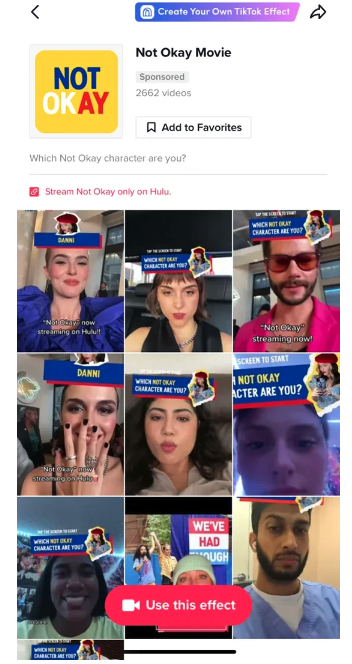
TikTok also provides a comprehensive analytics dashboard to track your campaign's performance, such as:
- Views: Track the number of times your ad is viewed.
- Engagement: Measure likes, comments, shares, and downloads.
- Click-Through Rate (CTR): Understand the percentage of users who clicked on your ad.

Considering TikTok for marketing? Here's why SproutSocial says it's valuable: nearly half* of TikTok users make purchases after discovering products, and TikTok is projected to gain 9.6 million social buyers this year*, ranking as the third most popular social commerce channel. It's a powerful sales and product discovery platform in your social media strategy. *Source: AdWeek.com
#4. Mastering LinkedIn B2B Social Media Marketing Campaigns
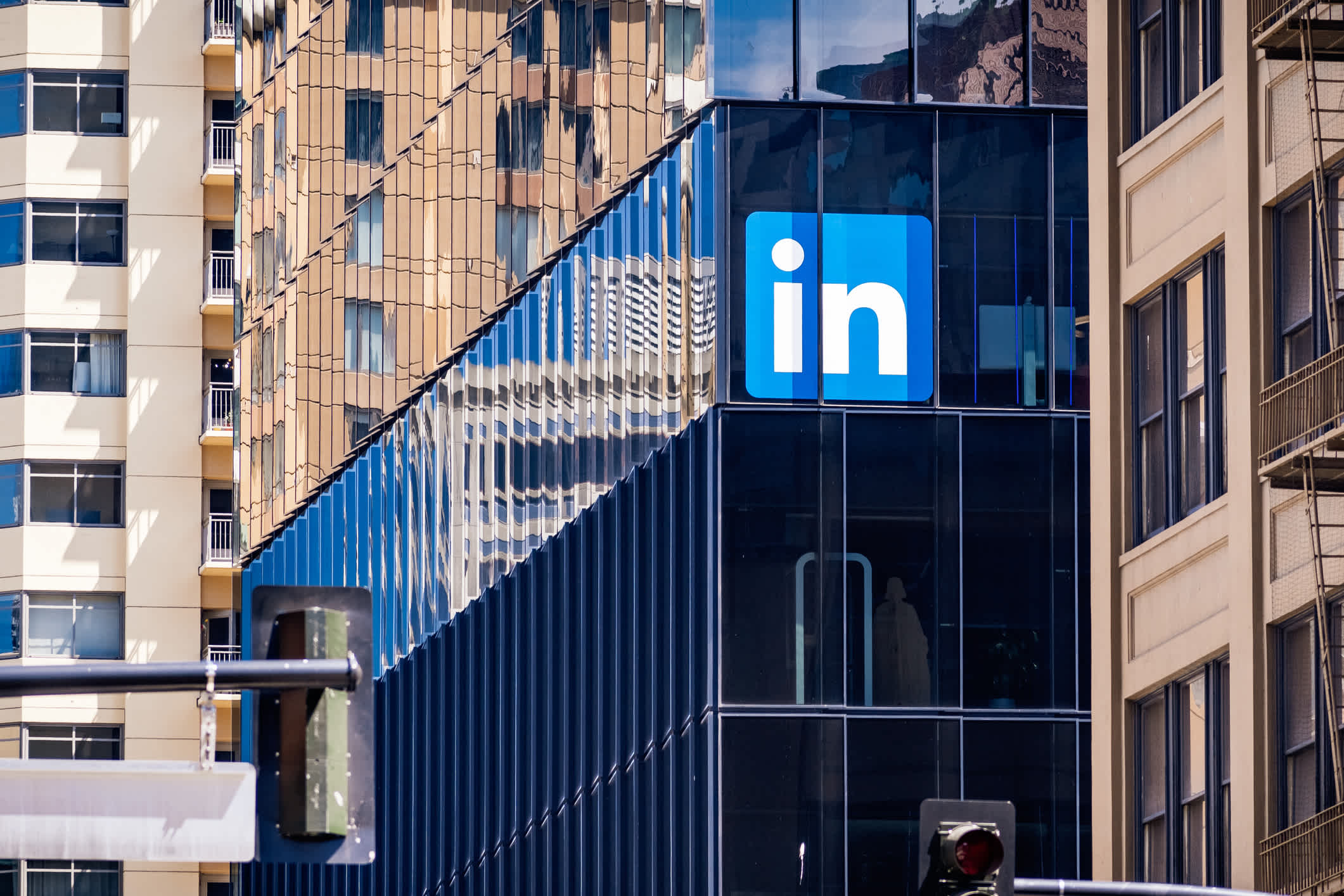
More than use LinkedIn to connect with others, and these professionals have more than two times the buying power of the average web audience.
As the top professional networking site, LinkedIn is the best place for business-to-business (B2B) marketing campaigns and advertising.
LinkedIn ads are based on your marketing goals and can be created to achieve one of three goals, including:
- Generate business leads
- Drive website traffic
- Build brand awareness
There are three main types of you can implement to reach your marketing goals, including:
1. Sponsored content*: promoted content to drive awareness and leads.
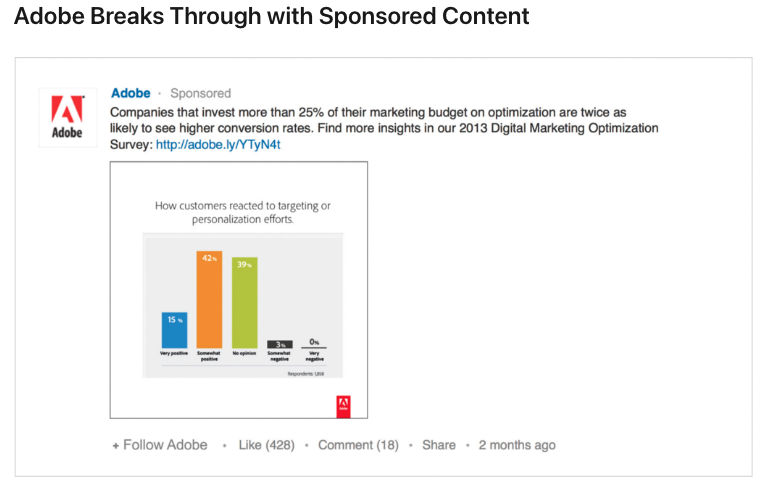
2. Sponsored InMail*: personalized content sent to users’ LinkedIn inboxes
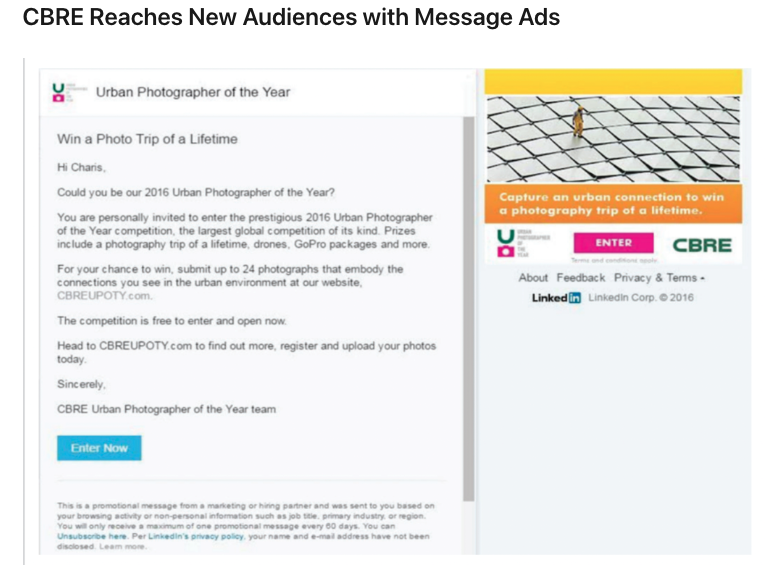
3. Text ads*: short, sweet ads that appear in LinkedIn's “Ads You May Be Interested In” section.
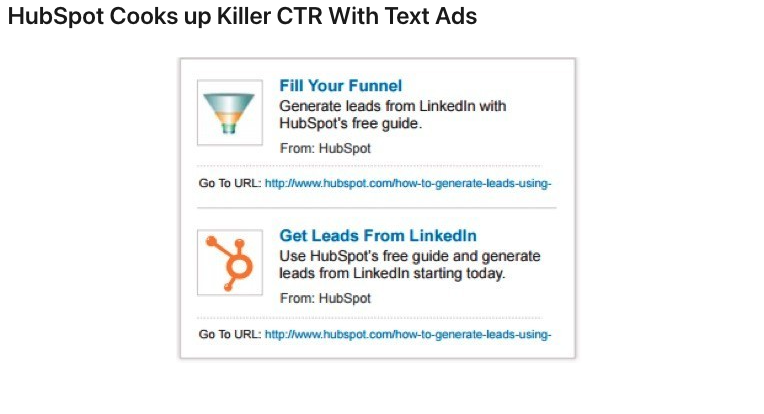
*Source: All ad example images courtesy of LinkedIn's Steve Kearns, "10 Examples of LinkedIn Ads That Totally Crushed It."
can also provide analytics focused on conversion tracking and reporting like the other social media marketing platforms already mentioned.
Through the , you can see:
- Total conversions: all actions of visitors to your website (e.g., downloads, sign-ups, etc.)
- Post-click conversions: the number of times a conversion was fired after the user clicked on an ad.
- View-through conversions: the number of times a conversion was fired after a user viewed your ad and visited your website later.
- Conversion rate: the number of times a conversion was made after someone viewed your ad.
- Cost per conversion: average amount spent on each conversion
- Return on ad spending: percentage of revenue generated for every dollar of ad spending.
Knowing When to Engage a Digital Marketing Agency for Your B2B Social Media Campaigns

Navigating the complexities of B2B social media marketing can be challenging, and there are clear indicators that it's time to bring in professional help.
Here's when you should consider partnering with a digital marketing agency:
- Limited Expertise
- Solution: Agencies offer a dedicated team with diverse expertise for effective B2B social media marketing.
- Engagement Struggles
- Solution: Agencies excel in crafting engaging content and strategies to boost interaction.
- Unclear ROI Measurement
- Solution: Agencies leverage analytics tools to track and measure campaign performance, providing actionable insights.
- Platform Complexity
- Solution: Agencies have platform-specific experts for optimized B2B content across channels.
- Trend Keeping Challenges
- Solution: Agencies stay abreast of trends, implementing strategies to keep your B2B campaigns relevant.
- Time Constraints
- Solution: Outsourcing to an agency frees time for core business activities while experts manage your social media presence.
- Ineffective Ad Campaigns:
- Solution: Agencies create targeted and impactful ad campaigns to boost B2B brand visibility.
- Need for Strategic Planning Need
- Solution: Digital marketing agencies develop and execute comprehensive B2B social media strategies aligned with business objectives.
Partnering with a digital marketing agency becomes a strategic investment that relieves your team's burden and propels your B2B brand into the digital spotlight, fostering growth and industry influence.
If these challenges resonate, it’s time to consider bringing in the experts.
The Takeaway: Your Success Awaits
The journey to B2B social media success is dynamic, with each brand charting a unique path.
Embrace challenges, celebrate victories, and stay committed to fostering genuine connections in the digital realm.
Your success story in B2B social media marketing awaits—go forth and make it happen!
Ready to Transform Your B2B Social Media Presence? Contact Watermark Today!
Take the first step towards social media success by contacting Watermark, Denver's trusted digital marketing agency.
Contact us today for a consultation and discover how our expertise can propel your B2B brand to new heights. Your journey to success starts with a click; let's embark on it together!
Brand recognition and meaningful social growth, working together
Develop your brand with a social strategy that aligns with your core values and planned outcomes.





